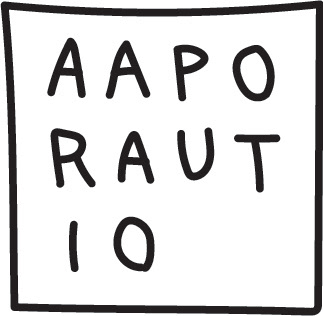Student community house | Umeå, Sweden | master's thesis 19/20
When cities are getting denser and climate crisis forces the world to push the limits of saving resources, architects are increasingly hired to work on the existing building stock. Adaptive reuse refers to the process of reusing an existing building or part of it for a purpose other than which it was originally built or designed for. The main benefits of adaptive reuse come from the potential in economic and environmental savings by utilizing the recourses embedded in the old building but also from utilizing the already existing sociocultural setting. Student community house explores how the complexity of interlocking architectural forms and collaborative authorship, diverse governance and community involvement can work as a tool to augment the sociocultural value of an old building.
Adaptive reuse can augment the sociocultural value by revealing the overtime hidden and forgotten qualities of an old building and complementing the total with contemporary tools and materials. The collaborative authorship of continuing the old work allows an overlay of knowledge from different time periods and worlds to create an outcome with a complexity otherwise impossible or difficult to reach. Engaging the local community in the design and building process can lead to efficient exchange of knowledge and help the adaptive reuse project to meet its goals and empower the local community.
As innovation, old buildings thrive on second chances, on reinventing and reusing the old. By continuing to layer knowledge and narratives onto physical objects adaptive reuse enables societies to keep learning from their histories and keep creating better futures.

